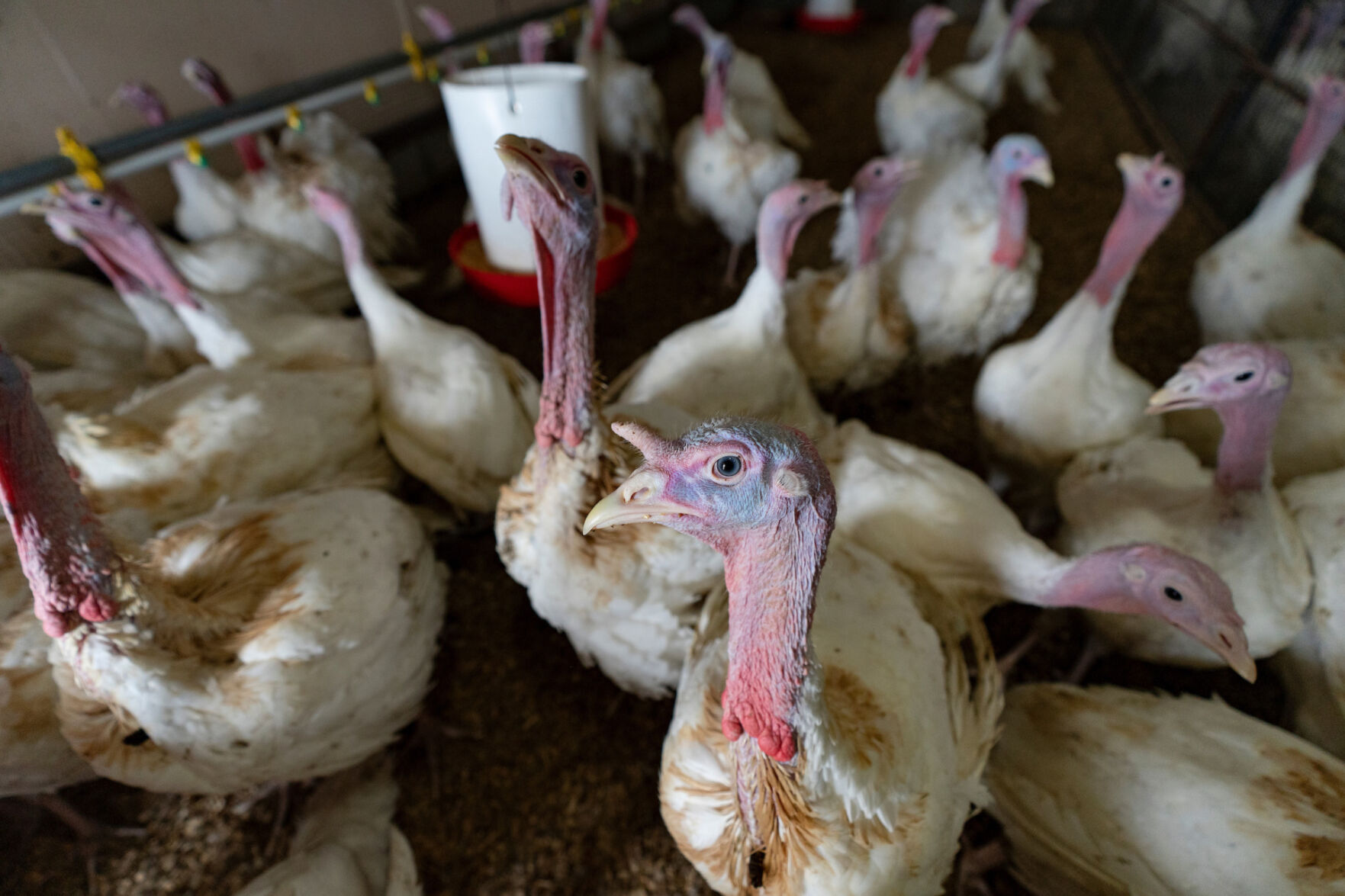Wholesale turkey prices rise as Thanksgiving approaches

Turkey prices have been on the rise with Thanksgiving Day still more than a month away, according to a Texas A&M AgriLife Extension Service expert.
Market forces coupled with a force of nature—avian influenza—have disrupted the supply chain and caused turkey prices to trend upward, leading to shortages for some wholesale buyers.
Wholesale prices for whole turkeys are sky high, said David Anderson, Ph.D., AgriLife Extension economist, Bryan-College Station. Last year, turkeys reached a record high of $1.39 per pound in early November, but that price had climbed $1.79 per pound by Oct. 15, according to U.S. Department of Agriculture data.
Anderson said the primary driver of this increase on already historically pricey whole birds has been bird losses to highly pathogenic bird influenza outbreaks over the past several months. The highly contagious and deadly avian influenza began hitting U.S. poultry production this spring, with the first case in a Texas poultry flock reported on April 2.
The USDA’s Animal and Plant Health Inspection Service reported more than 47.45 million commercial poultry birds, including broiler and egg-laying chickens, turkeys and various fowl have been lost to the virus that has been reported in 42 states, including Alaska.
The disease has hit hard certain production farms that have egg-laying chicken flocks and turkeys. For this year, turkey production is about 5% less than last year.
“The outbreaks may not be making headlines, but they are popping up here and there still,” Anderson said. “I saw that it wiped out 50,000 turkeys at a farm in California, and it is happening to other poultry farms. These occurrences have dramatically impacted wholesale turkey prices and availability for some businesses.”
No shortage of turkeys for Thanksgiving
Anderson said the avian flu impact on turkey is especially disruptive because the length of time it takes to grow them—eggs incubate for 28 days and another 10 to 18 weeks for those hatchlings to reach their harvest weights. That means turkey flocks, and other longer-term poultry like egg-laying hens, are at risk of potential exposure to the pathogen. It takes 3.5 to 5.5 months to replace a flock lost to avian influenza.
Holiday shoppers should not fret, he said, but they should be prepared to buy early or shop around for a Thanksgiving Day centerpiece turkey.
The good news is that Anderson is not concerned about a shortage of whole birds for the holidays. Stocked turkey supplies build throughout the year to make sure they are available to major grocers in November. Most grocers have order contracts with suppliers that are set up to a year in advance. Demand from big buyers like major grocers will be the priority when it comes to the available supplies.
Anderson said cold storage stocks of whole turkeys are about 3% lower than last year according to USDA cold storage stocks data, which indicates suppliers are working to meet holiday demand. While the data shows about 13% fewer tom turkeys in storage, there are about 12% more hens in storage.
The price of whole turkeys could be higher at grocery stores, he said, but grocers may also take losses on whole birds as features or specials to entice consumers into stores in the hopes they continue shopping for other items.
Consumer preferences on turkey brand, size, fresh or frozen could all play into the price and availability, Anderson said. But grocers also know consumers might consider other options—a ham or rib roast—and competitive deals by one store could drive others to commit to a more enticing deal.
“As a consumer, it might be a good idea to have a strategy this year,” he said. “Last year, when prices were high, I went to the store the first day because we wanted a particular size. The store had specials on them then, but then I saw a store had a terrific deal on turkeys the day before Thanksgiving. They had turkeys still on hand and needed to move them, and that translated into lower prices.”
Smaller-scale buyers, businesses impacted most
When it comes to turkey, historically there are two major markets for birds—deli meat and whole birds for the holidays. There is niche demand for turkey legs around fair season and consistent demand for turkey breasts from restaurants, but the bulk of turkey is committed to deli meats and Thanksgiving.
While large grocers and big buyers of turkey may be facing higher prices, the demand for whole birds and turkey breasts amid a continuing avian influenza outbreak is stressing smaller-scale buyers such as local meat markets and restaurants.
The local deli that brines and bakes its own birds or barbecue joints with smoked turkey are struggling to find wholesale sellers willing to part with stock.
“I’ve had this conversation with multiple mom-and-pop businesses about the wholesale turkey supply,” he said. “It’s not because they’re high priced; it’s that they can’t even get them, and that’s really hurting those smaller buyers.”



